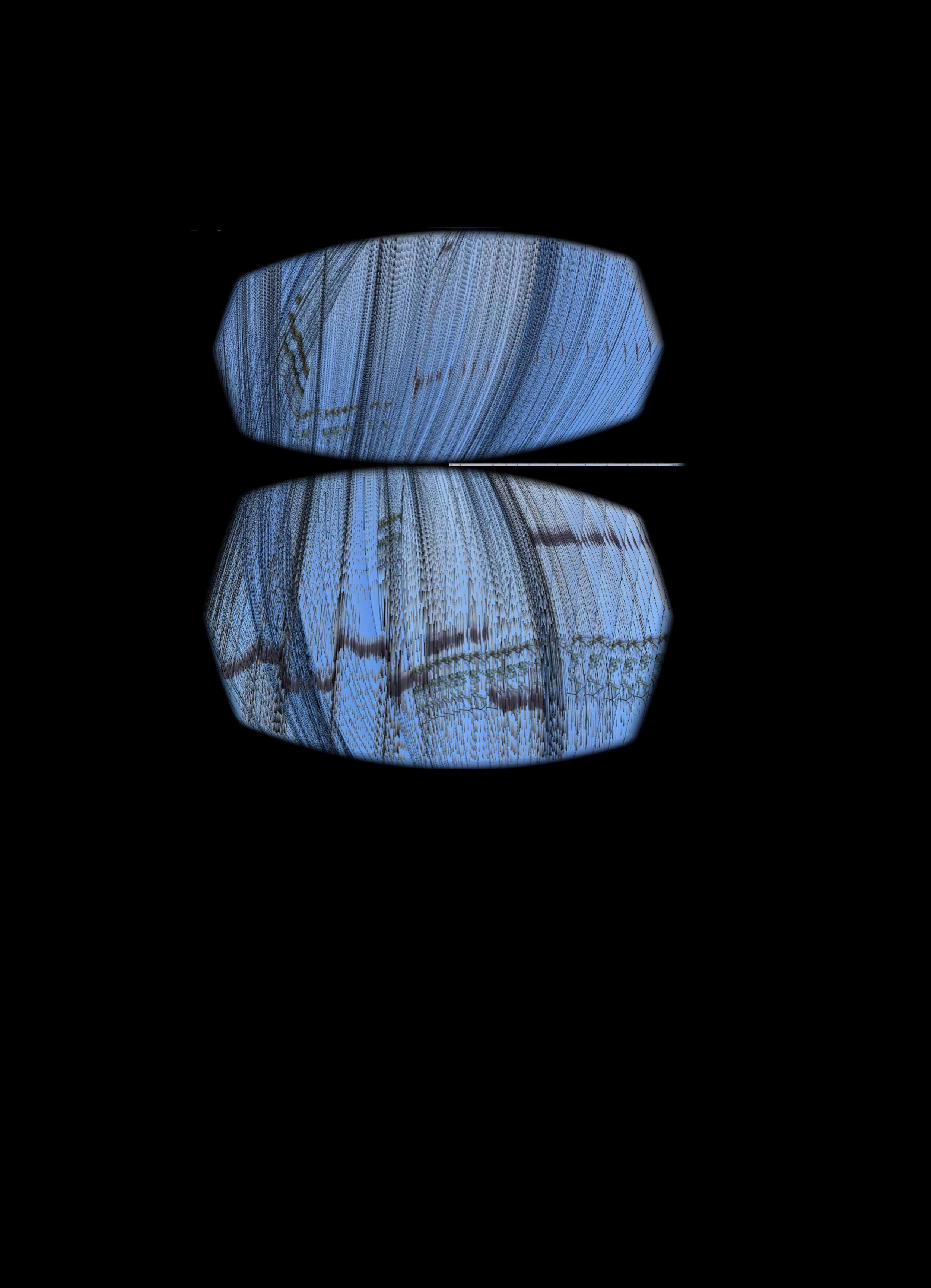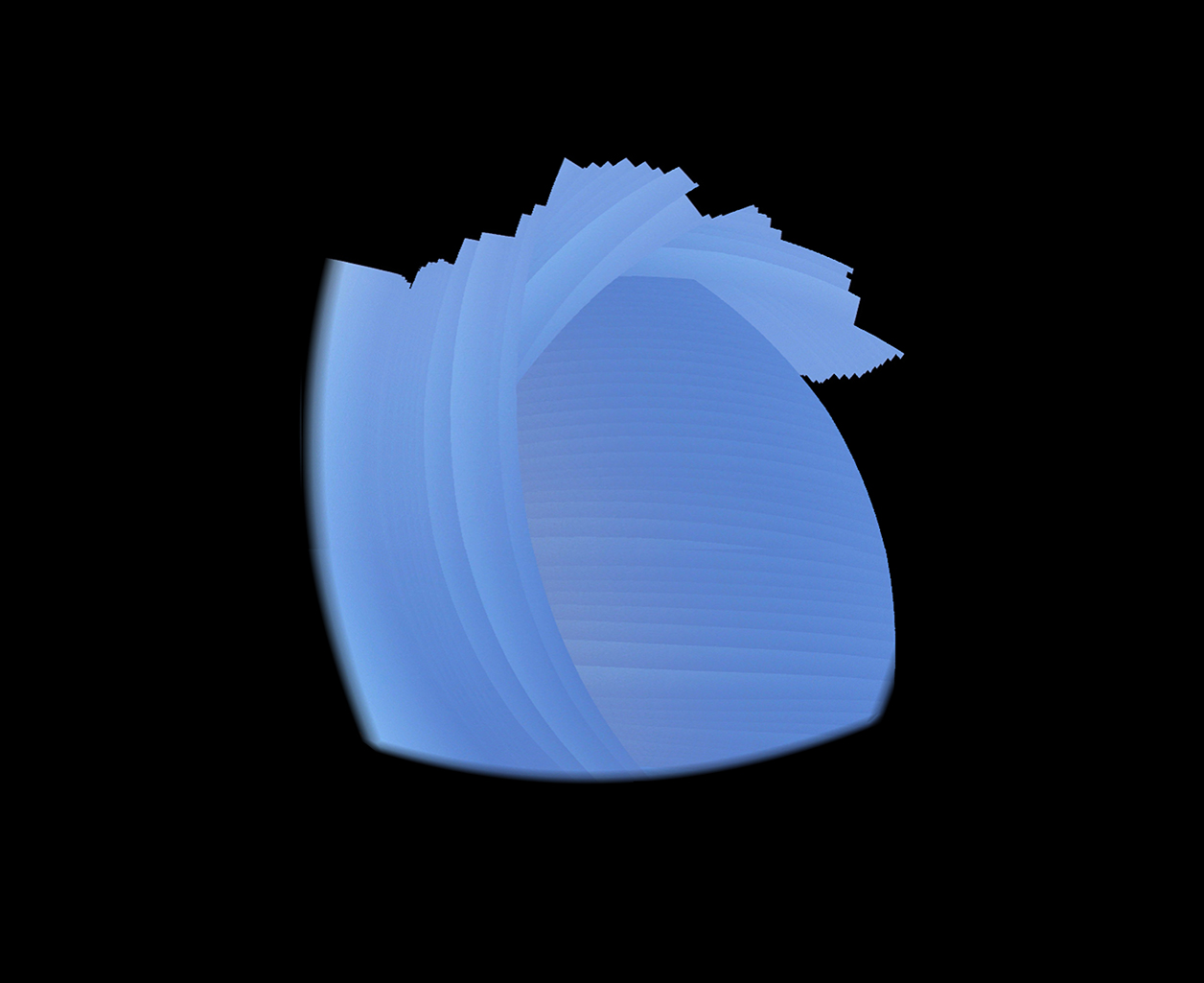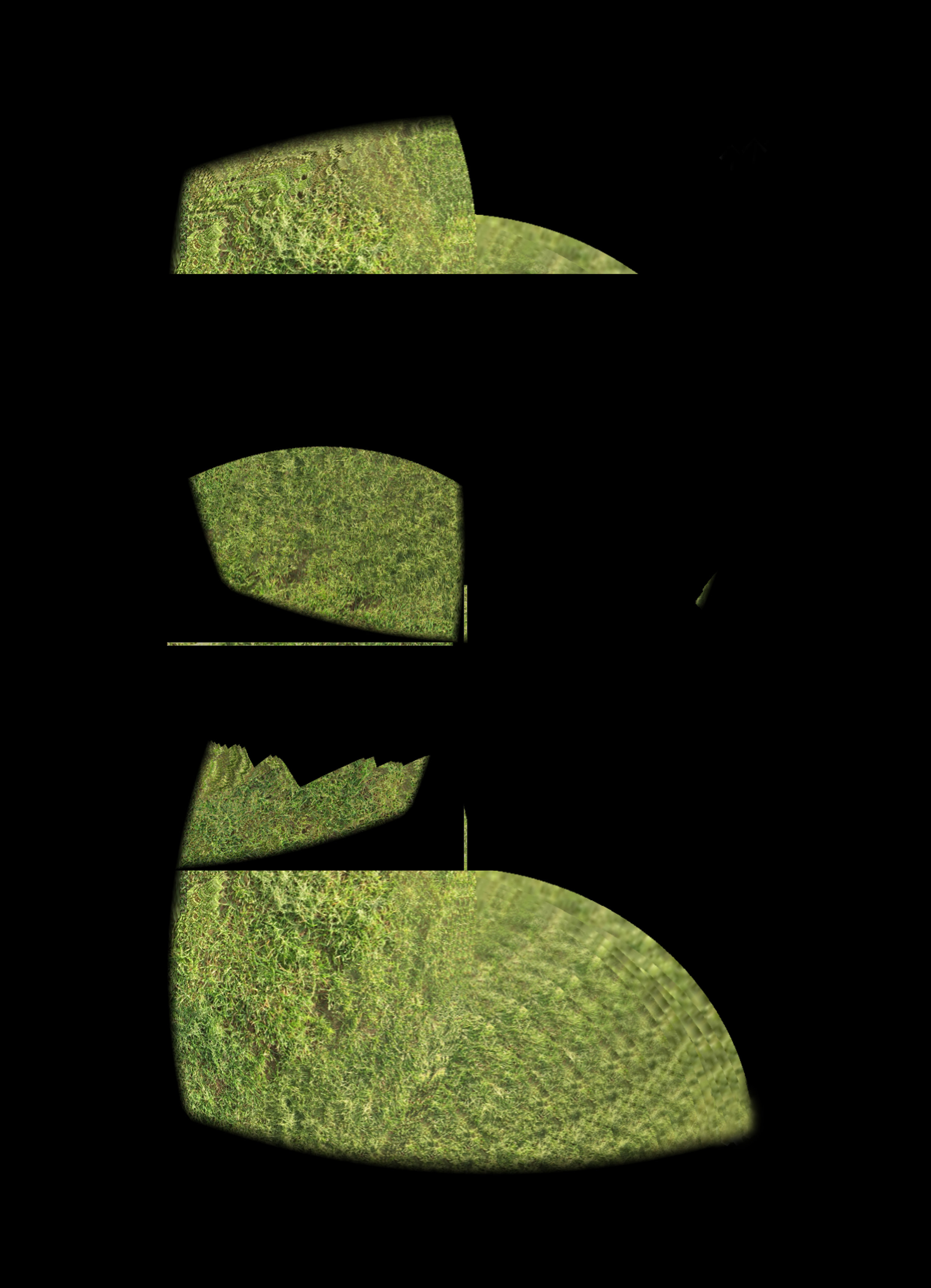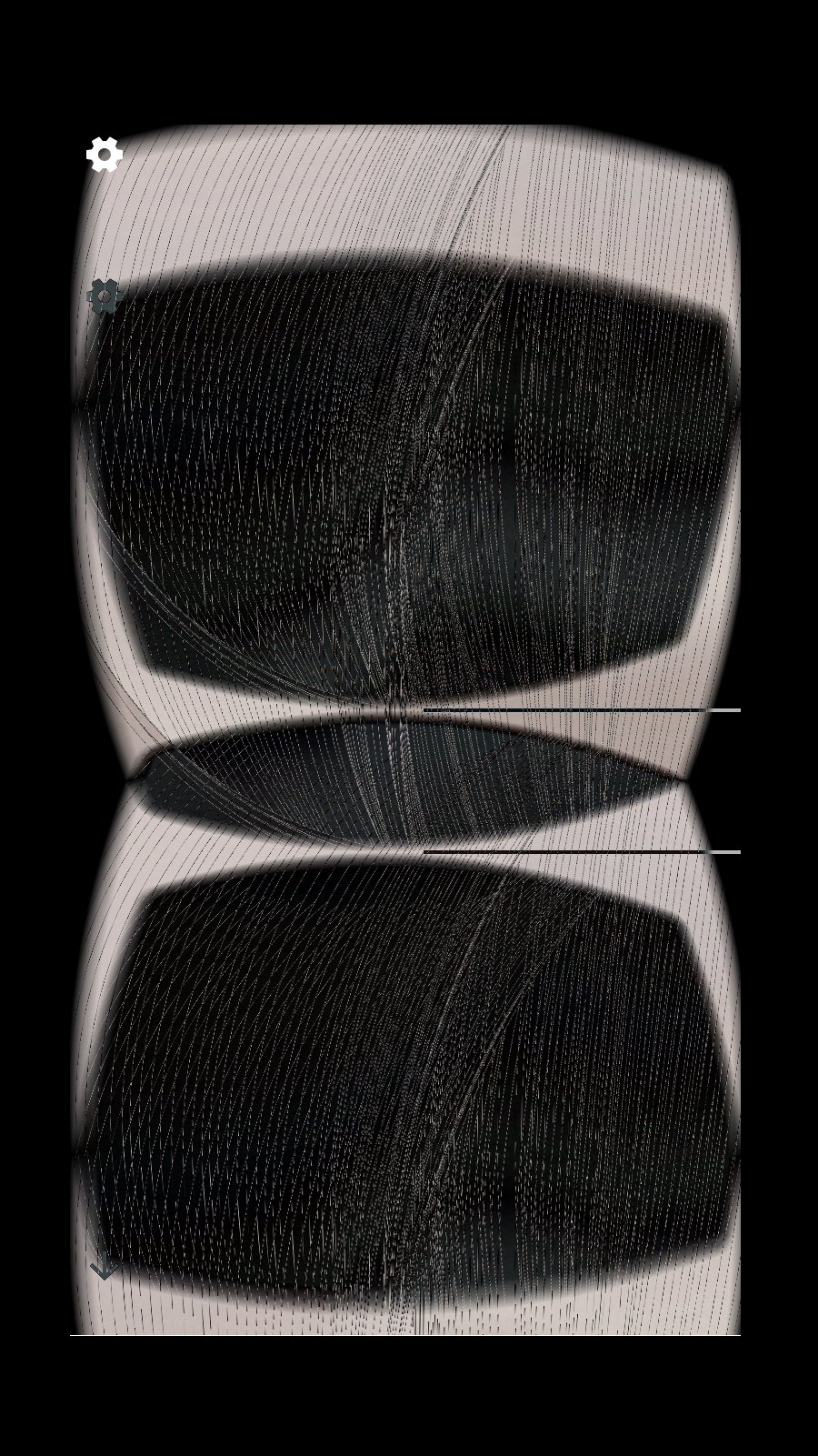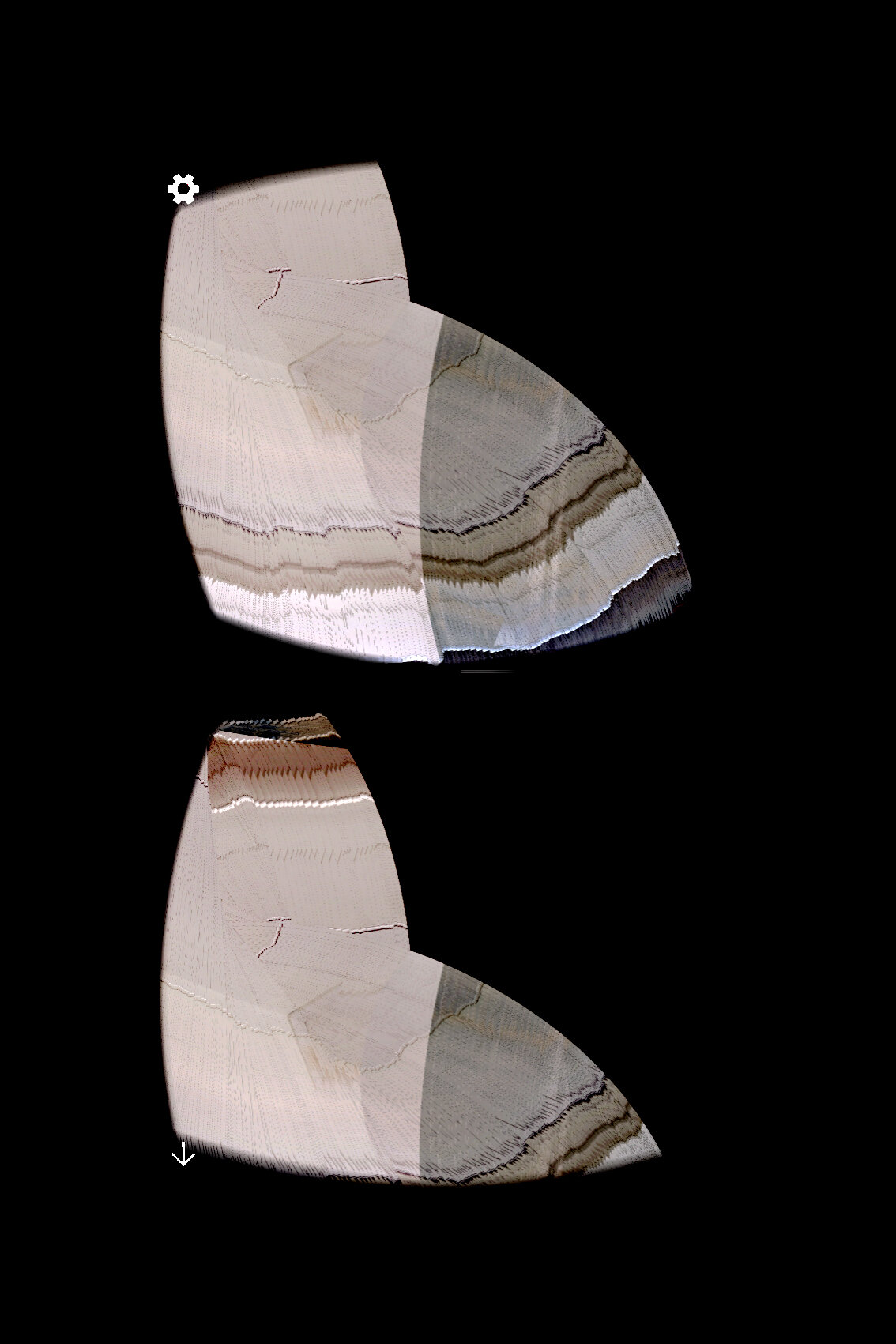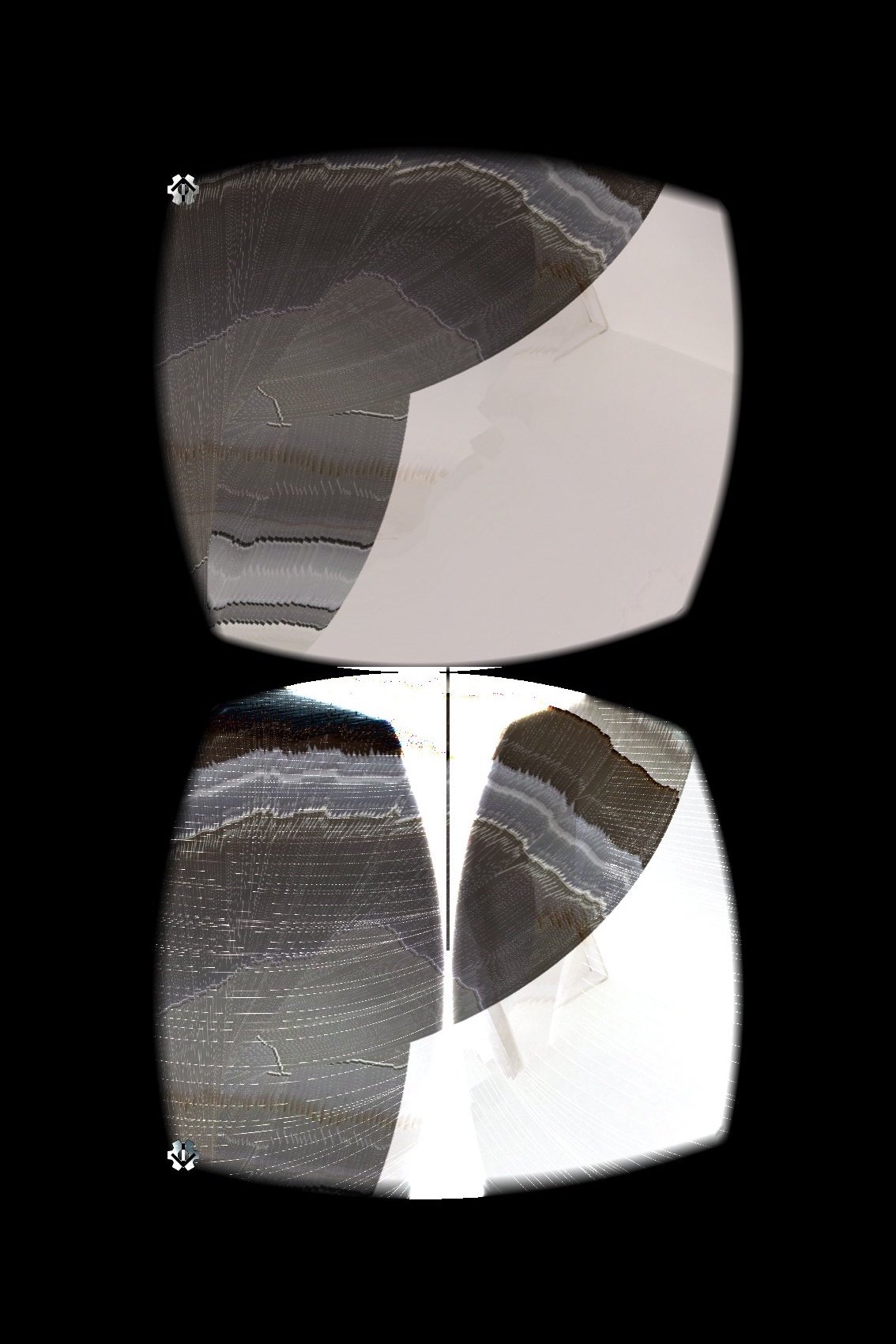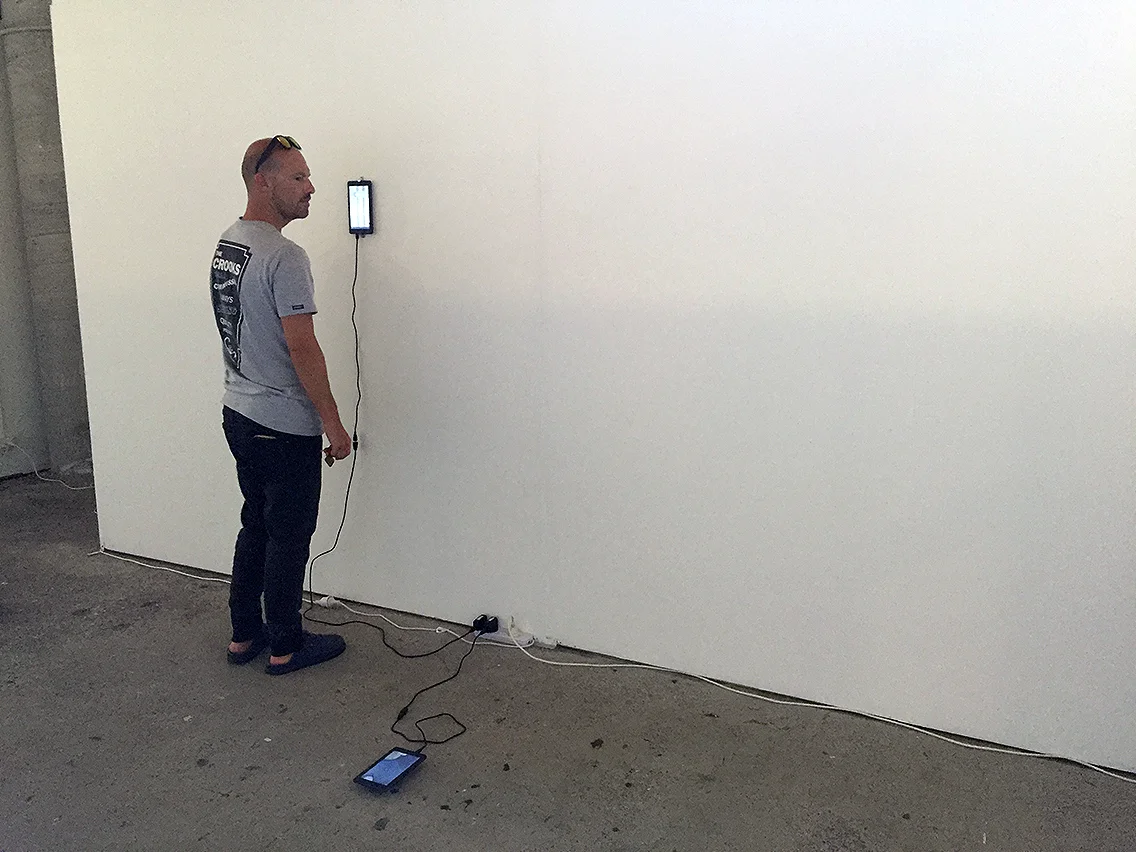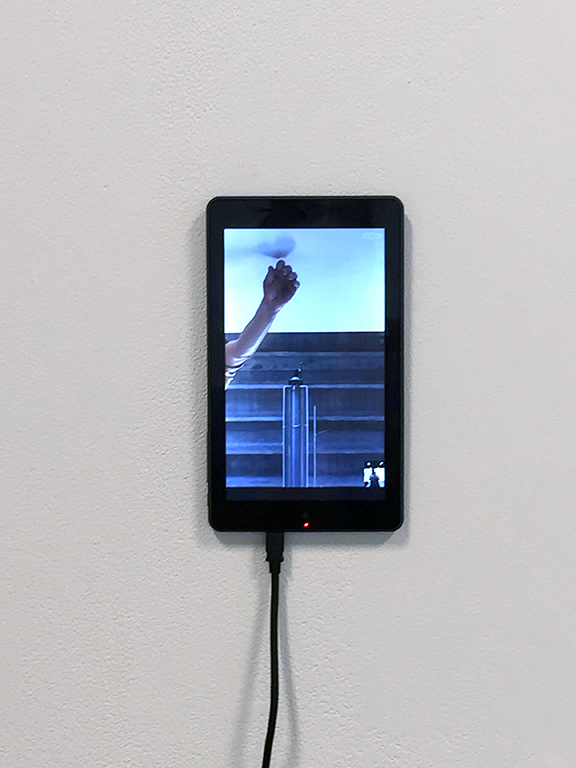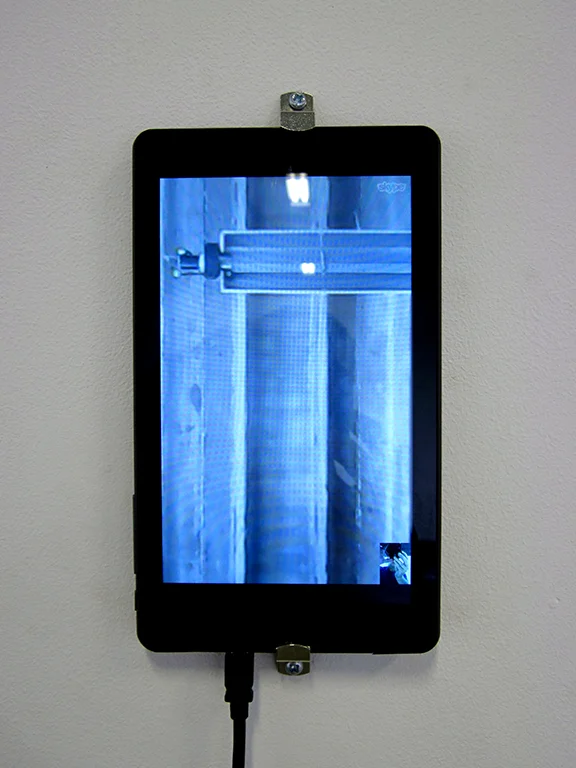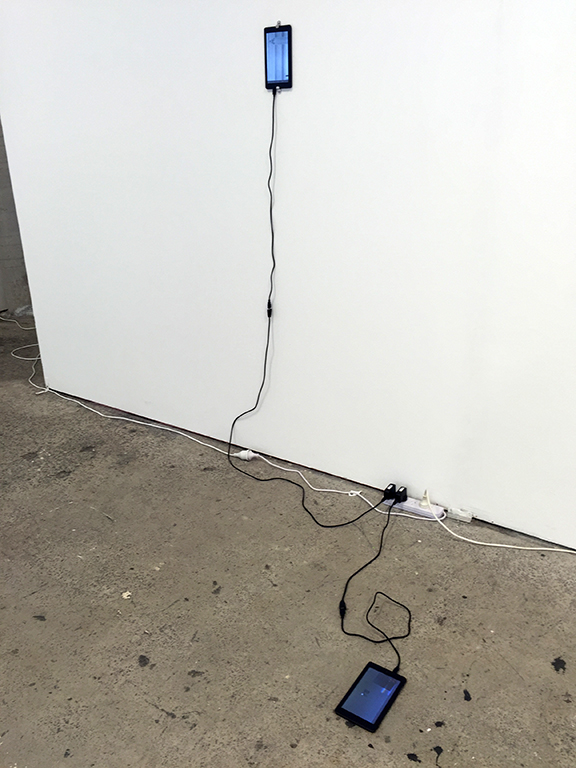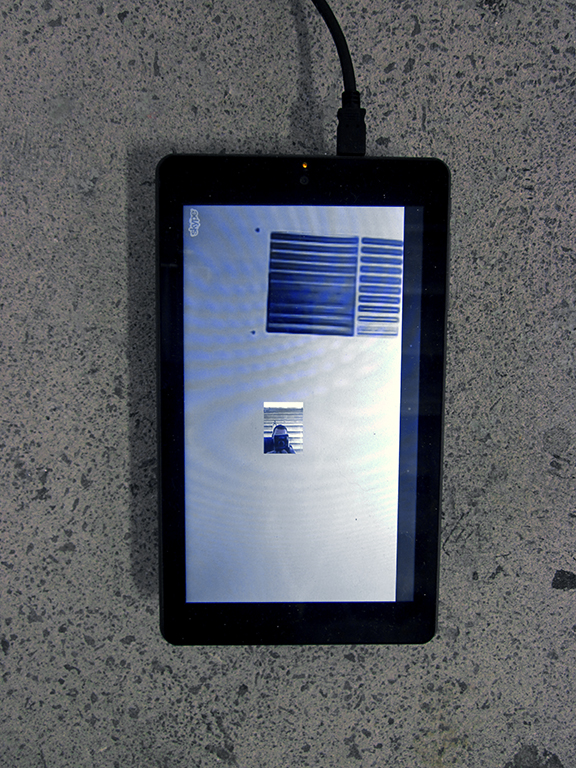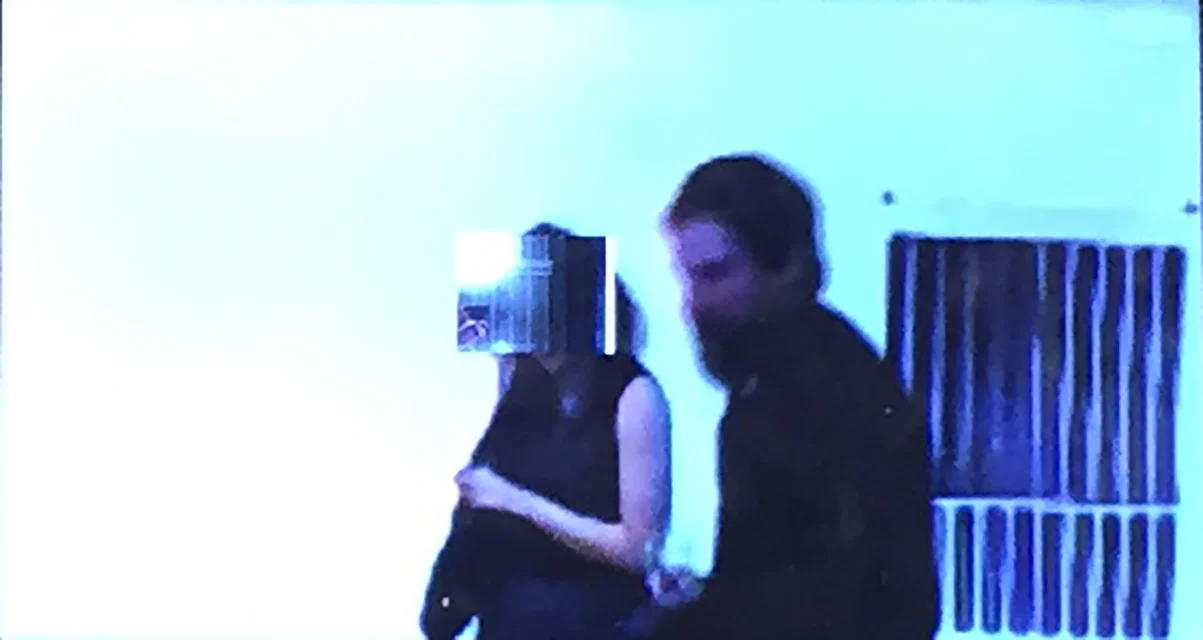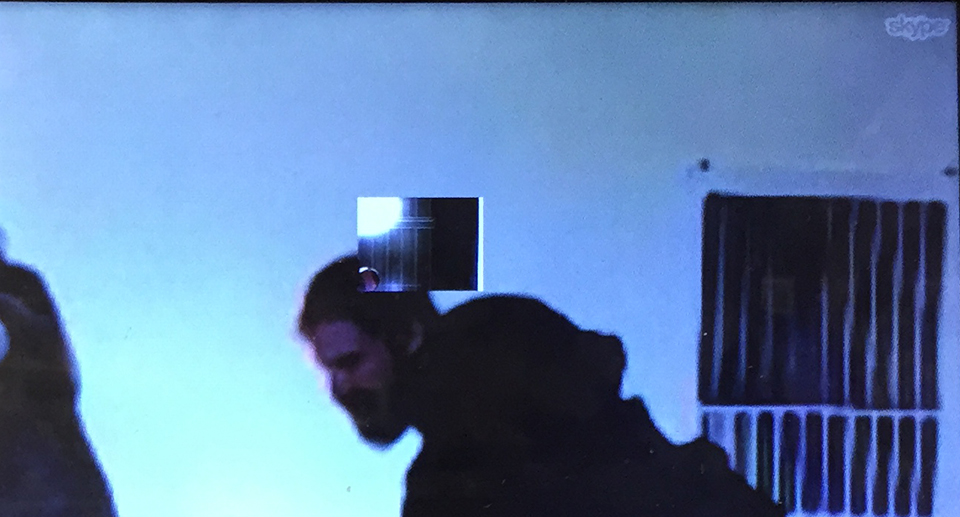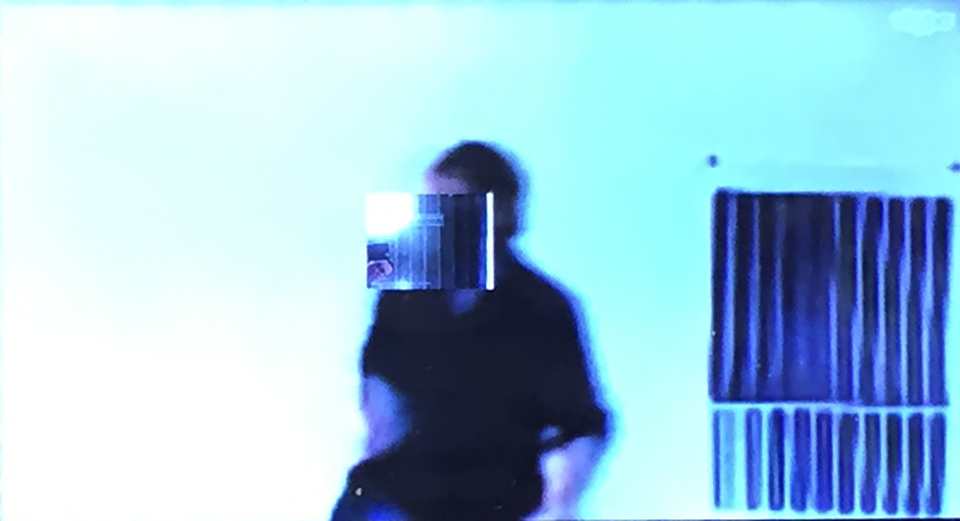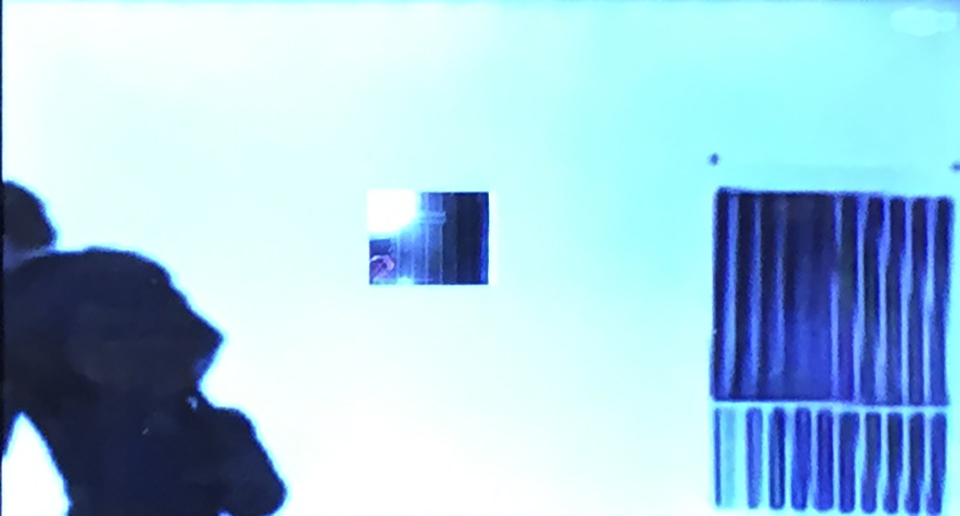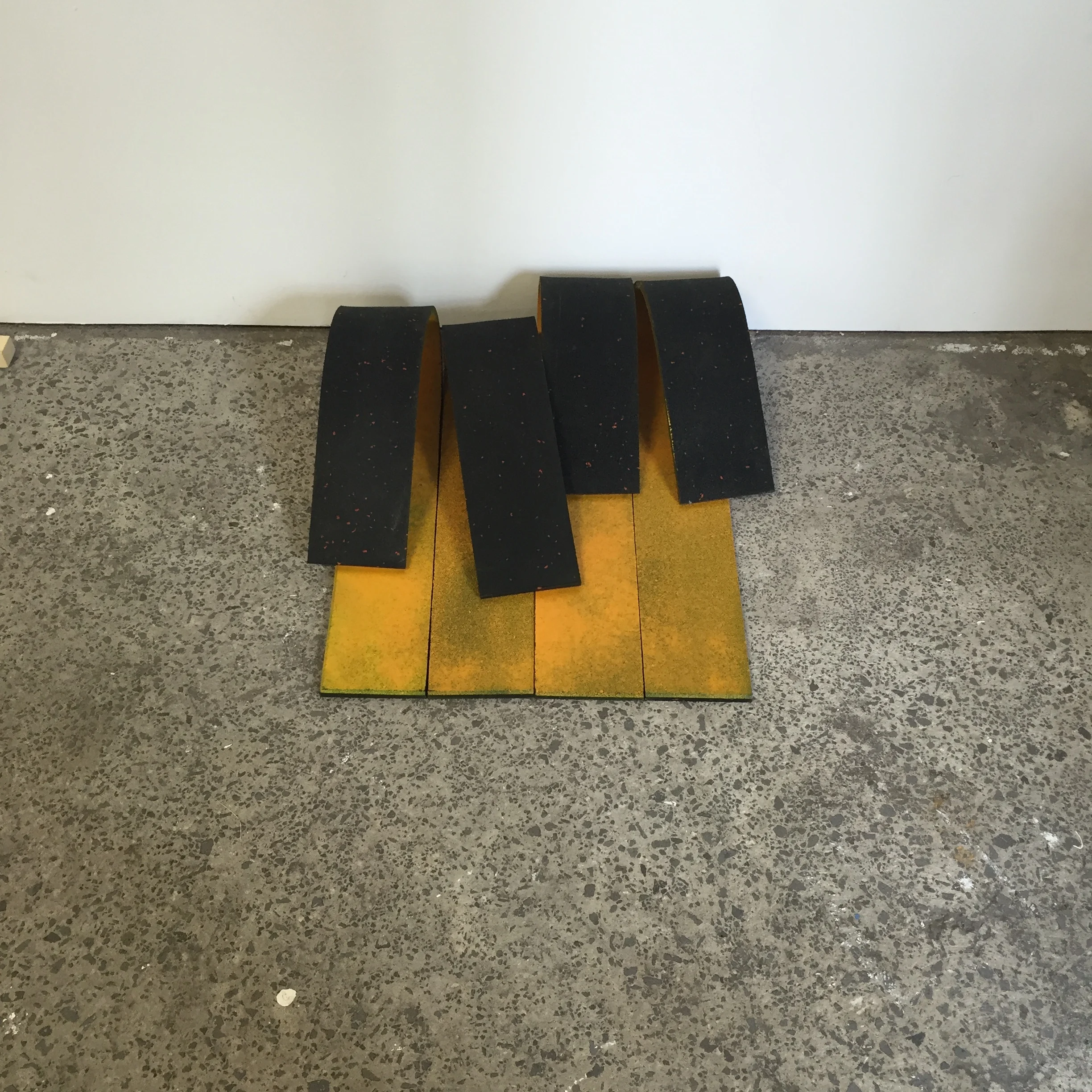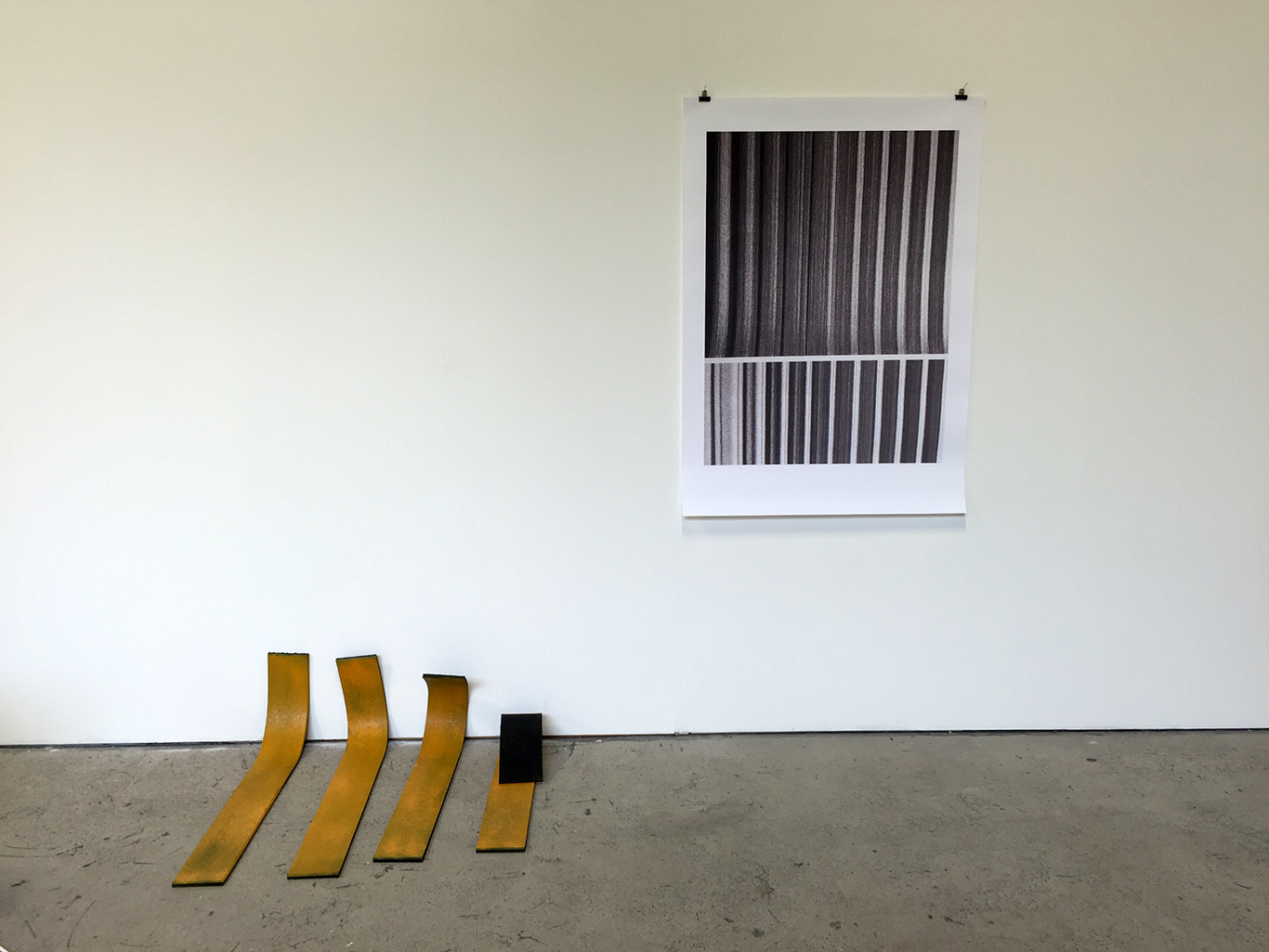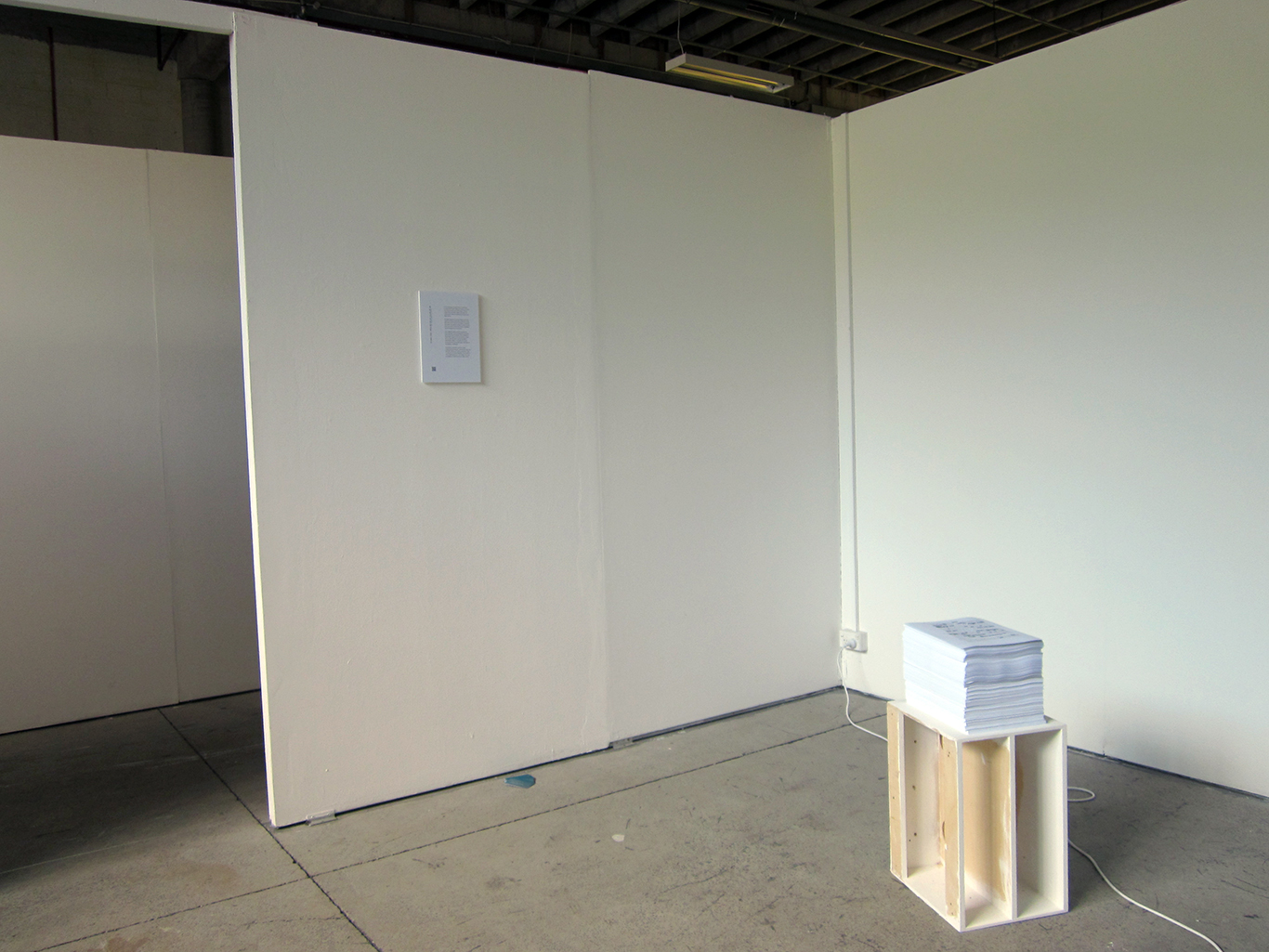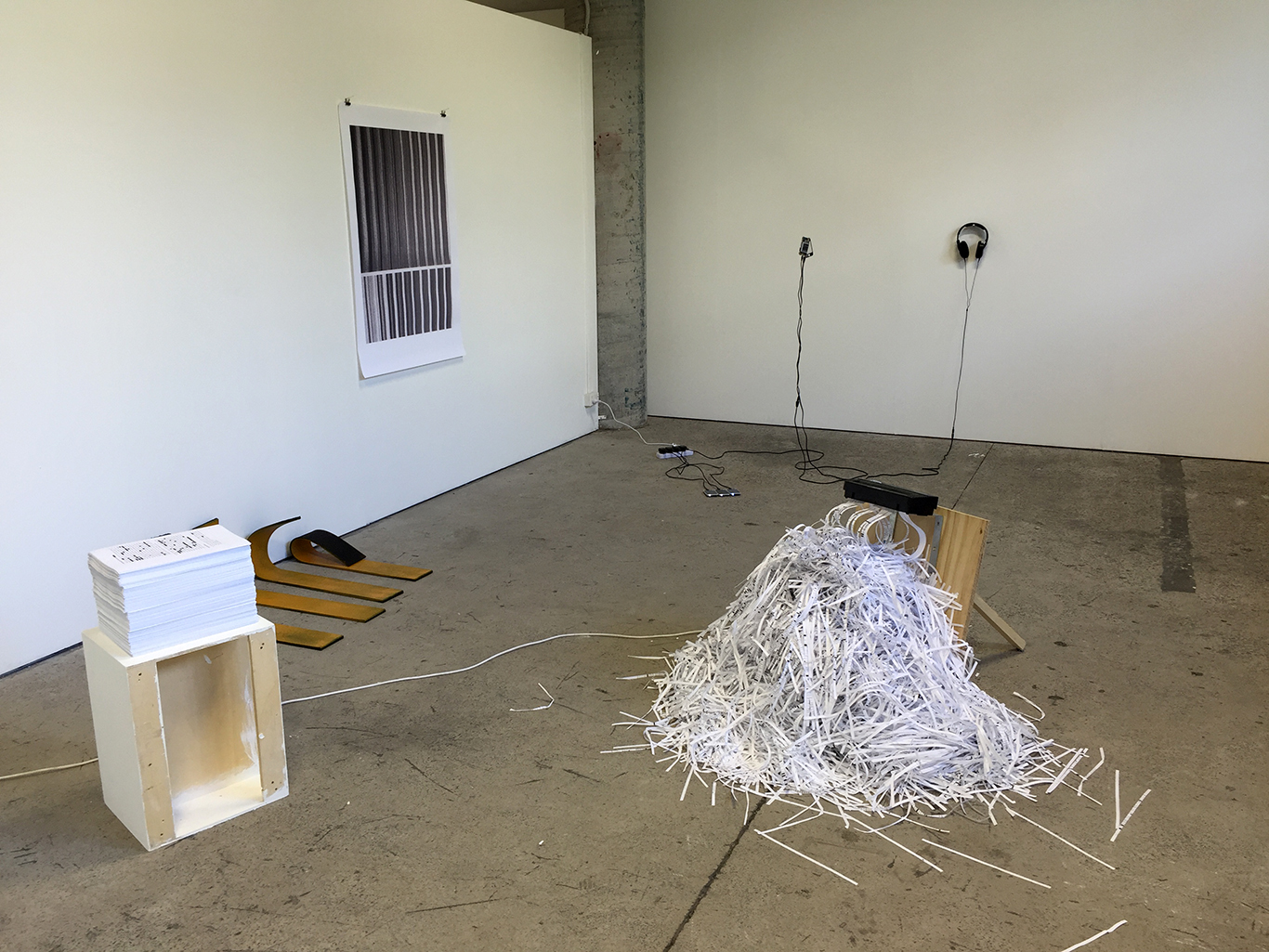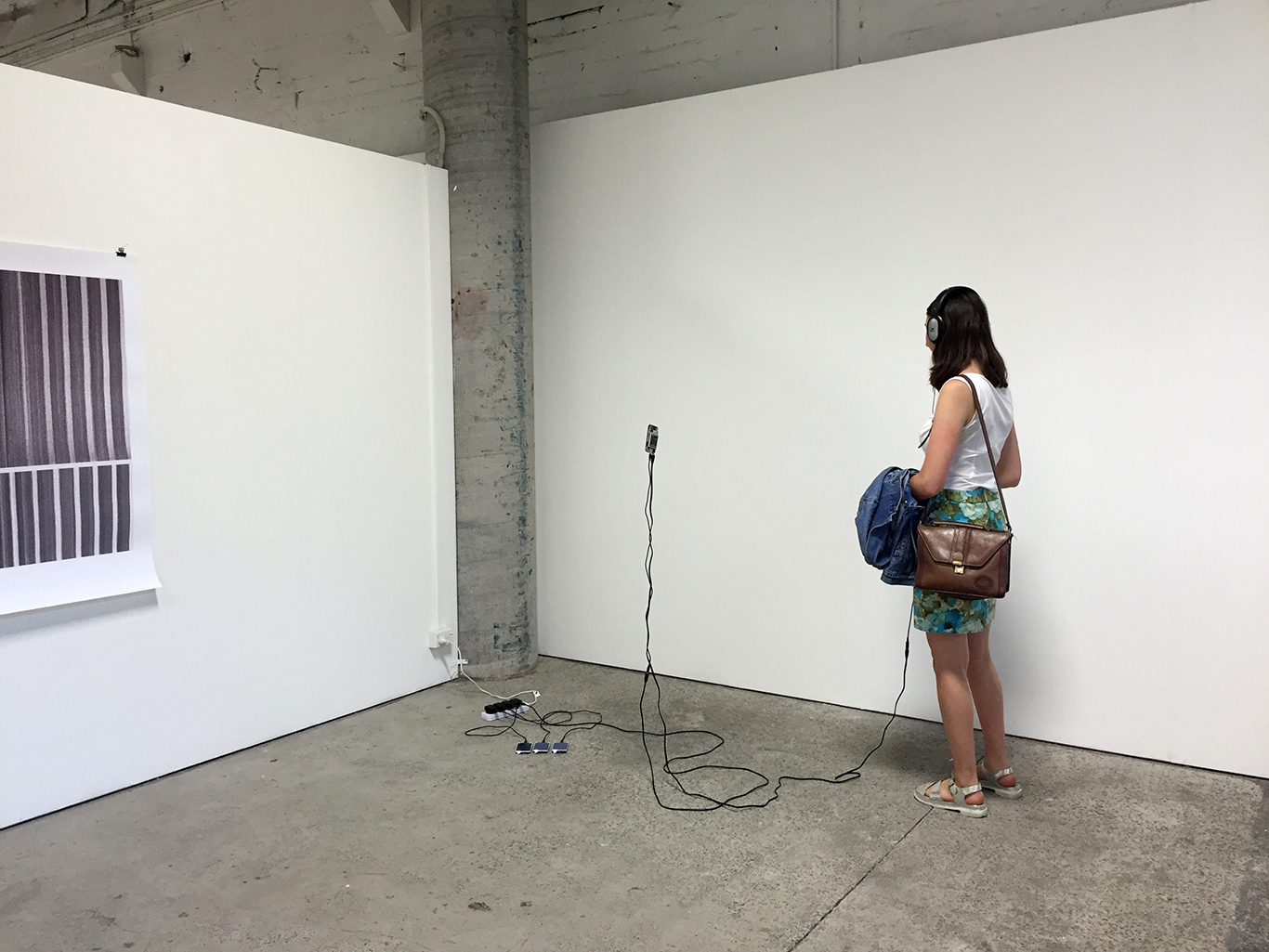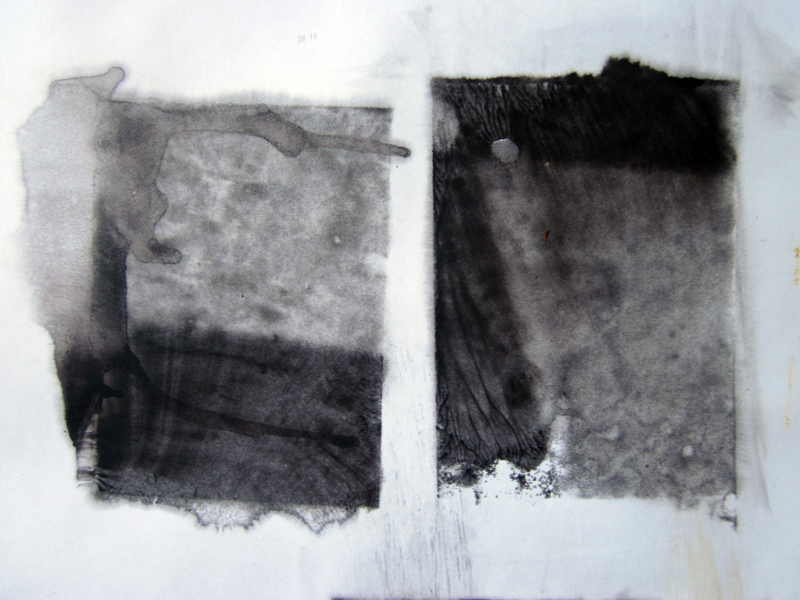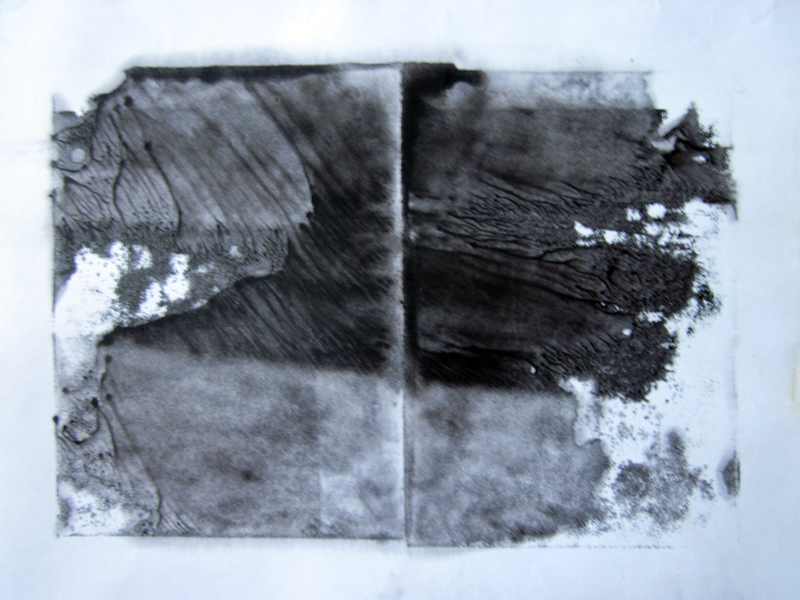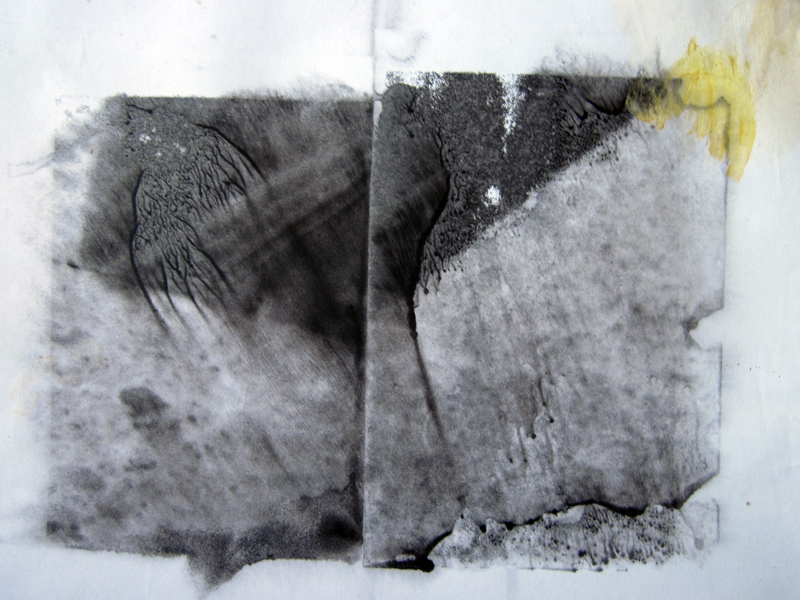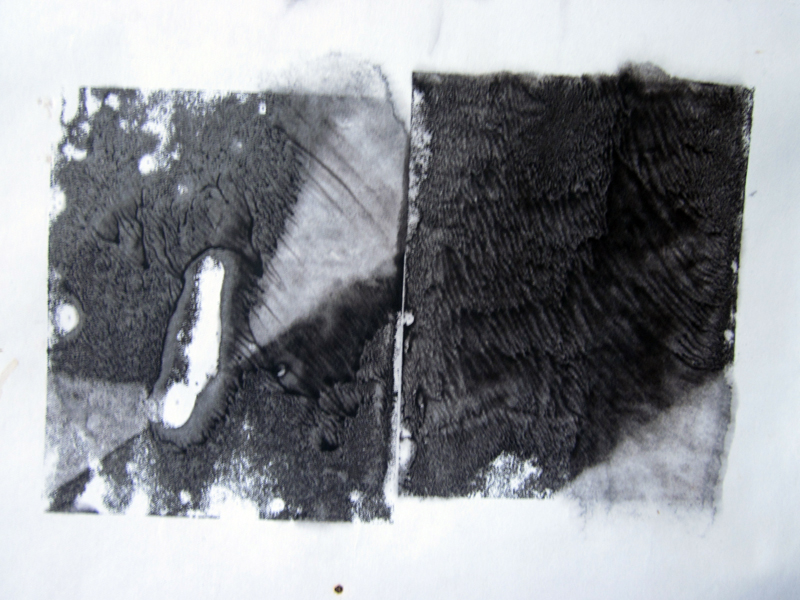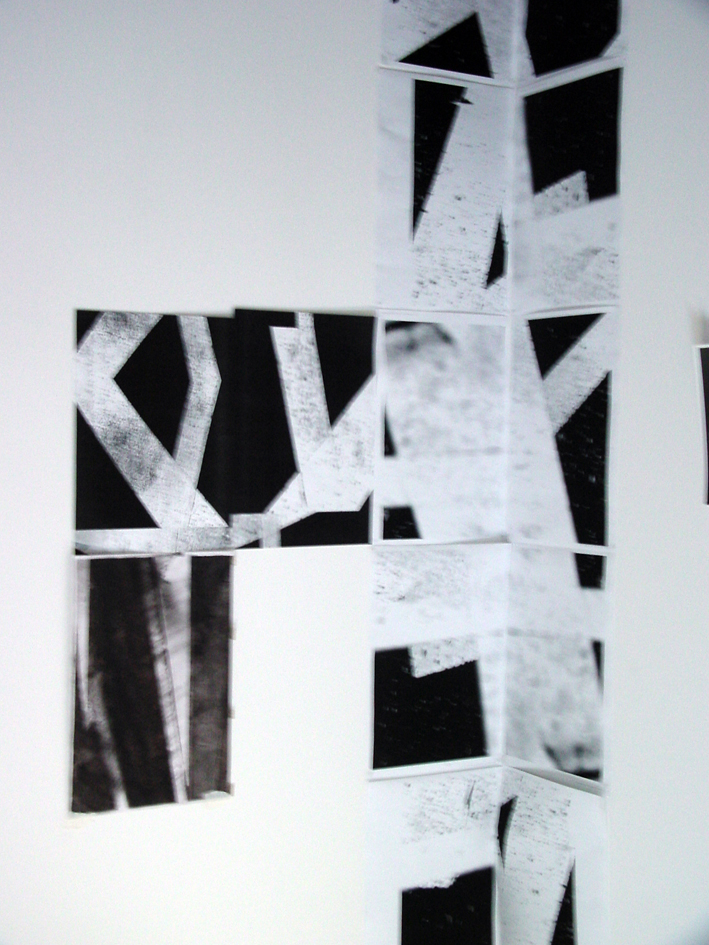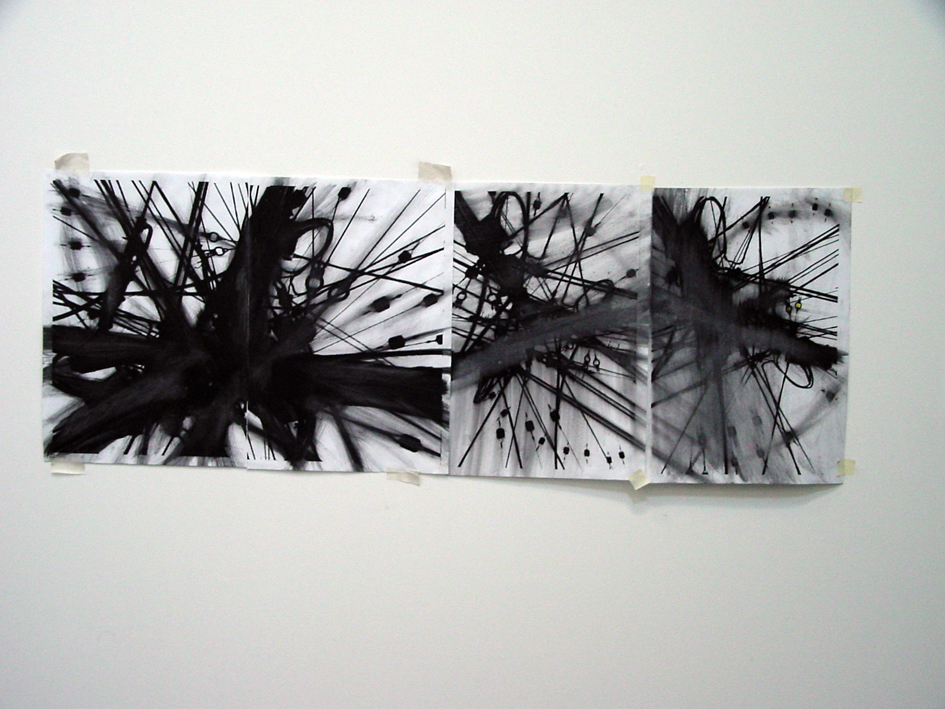a machine made image
Myopic Topologies: Limitations in Vision
In the realm of network architecture and design, the term "myopic topologies" refers to a specific approach where the focus is primarily on immediate concerns and short-term gains rather than taking a holistic, long-term perspective. This shortsightedness can have profound implications, as it often leads to limitations in system scalability, adaptability, and overall performance.
Myopic topologies arise when network administrators and designers prioritize quick fixes or band-aid solutions to address immediate deficiencies or to meet urgent demands. While these short-term fixes may temporarily alleviate certain problems, they often fail to consider the long-term consequences they impose on the network infrastructure.
One characteristic of myopic topologies is a lack of scalability. When decisions are made without considering future growth and potential expansion, networks become constrained and struggle to accommodate increasing traffic or new technologies. As a result, organizations find themselves forced to invest significant resources to reconfigure or replace the entire infrastructure, often disrupting their operations and incurring unnecessary expenses.
Moreover, myopic topologies tend to disregard the importance of adaptability and flexibility. Network systems must be able to respond to new developments, evolving security threats, and changing user needs. However, myopic approaches often overlook the need for adaptable architectures, making it difficult to integrate new technologies or quickly respond to emerging challenges.
Another drawback of myopic topologies is the potential for performance bottlenecks. By failing to consider the overall network ecosystem, administrators may inadvertently create structures that hinder data flow and compromise efficiency. This can lead to latency, congestion, and decreased overall network performance, negatively impacting user experience and productivity.
To counteract the pitfalls of myopic topologies, organizations must adopt a more comprehensive and visionary approach to network design. This means considering scalability, adaptability, and performance from the outset. It involves conducting thorough assessments of current and future requirements, implementing agile and flexible architectures, and anticipating potential changes to technology and industry trends.
By embracing a broader perspective and investing in network infrastructures that are designed to grow and evolve, organizations can minimize the risks associated with myopic topologies. Through careful planning and a focus on long-term benefits, they can ensure that their network systems not only meet current demands but also have the capacity to adapt to future challenges and opportunities.
In a world where technology continues to advance at a relentless pace, it is crucial to avoid the pitfalls of myopic topologies. By fostering a culture of awareness, collaboration, and forward-thinking, organizations can build robust network infrastructures that lay the foundation for success and resilience in the digital age.
myopic : short-sighted. Lacking foresight or intellectual insight.
topology : the study of geometrical properties and spatial relations unaffected by the continuous change of shape or size of figures. a family of open subsets of an abstract space such that the union and the intersection of any two of them are members of the family, and which includes the space itself and the empty set. the way in which constituent parts are interrelated or arranged: the topology of a computer network.
field of vision / visible area / geometrical properties and spatial relations / constituent parts / interrelated or arranged (network / system) images within devices / mathematical representation of objects / ideas as digital content / cartesian encounters .
/Betti numbers : en.wikipedia.org/wiki/Enrico_Betti






soft_tissue : screen grabs from soft-tissue.net
[ link }
a browser-based online project space that explores the vulnerable relationship of the 'machine-image' and the use of data collecting technologies. Within this environment the ‘image’ of the digital world plays a central role in the activation of a new form of labour. through the appropriation of videos, images and texts narratives are reconfigured to expose the susceptibility of our engagement to manufactured or altered narratives.


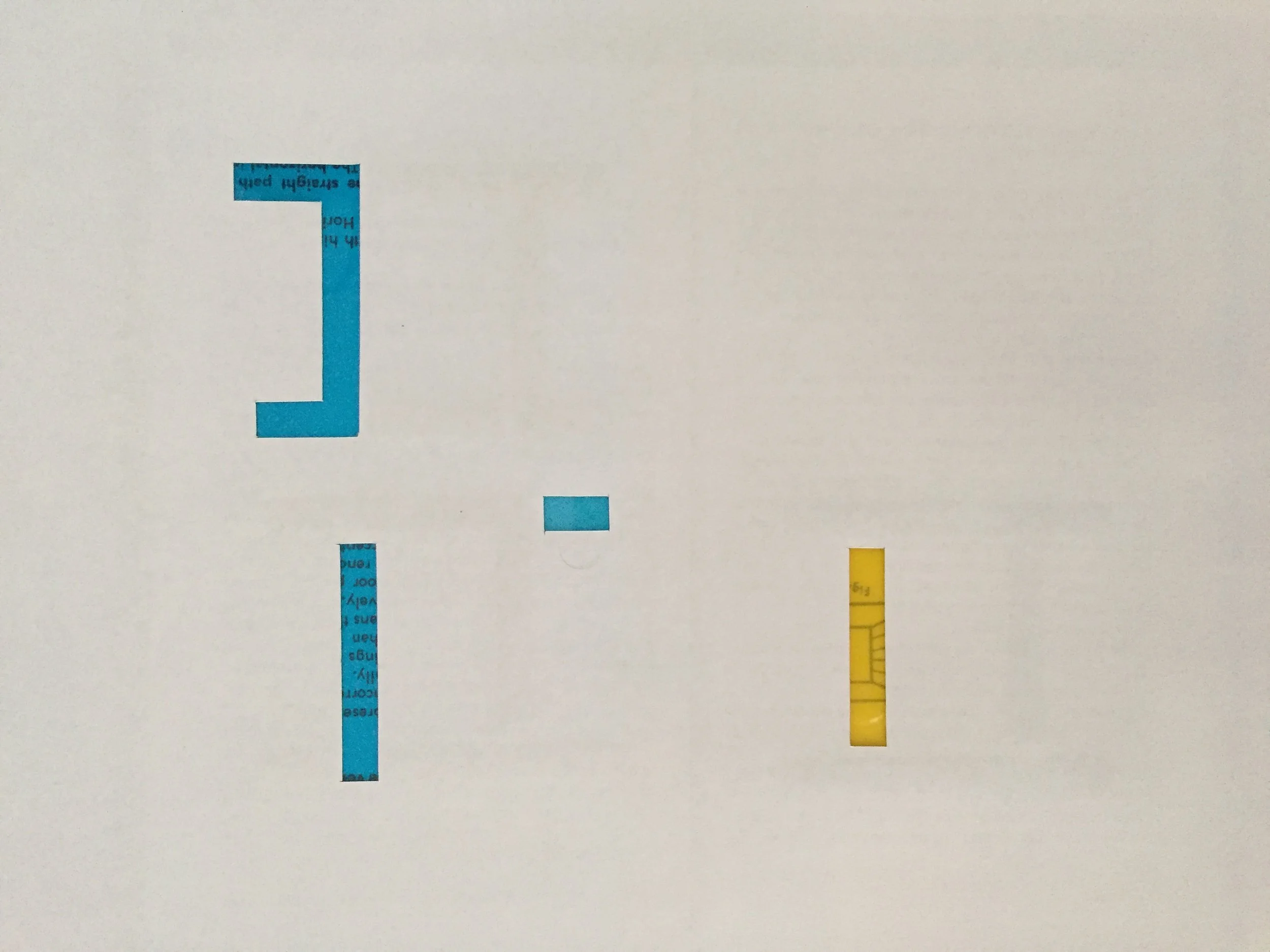

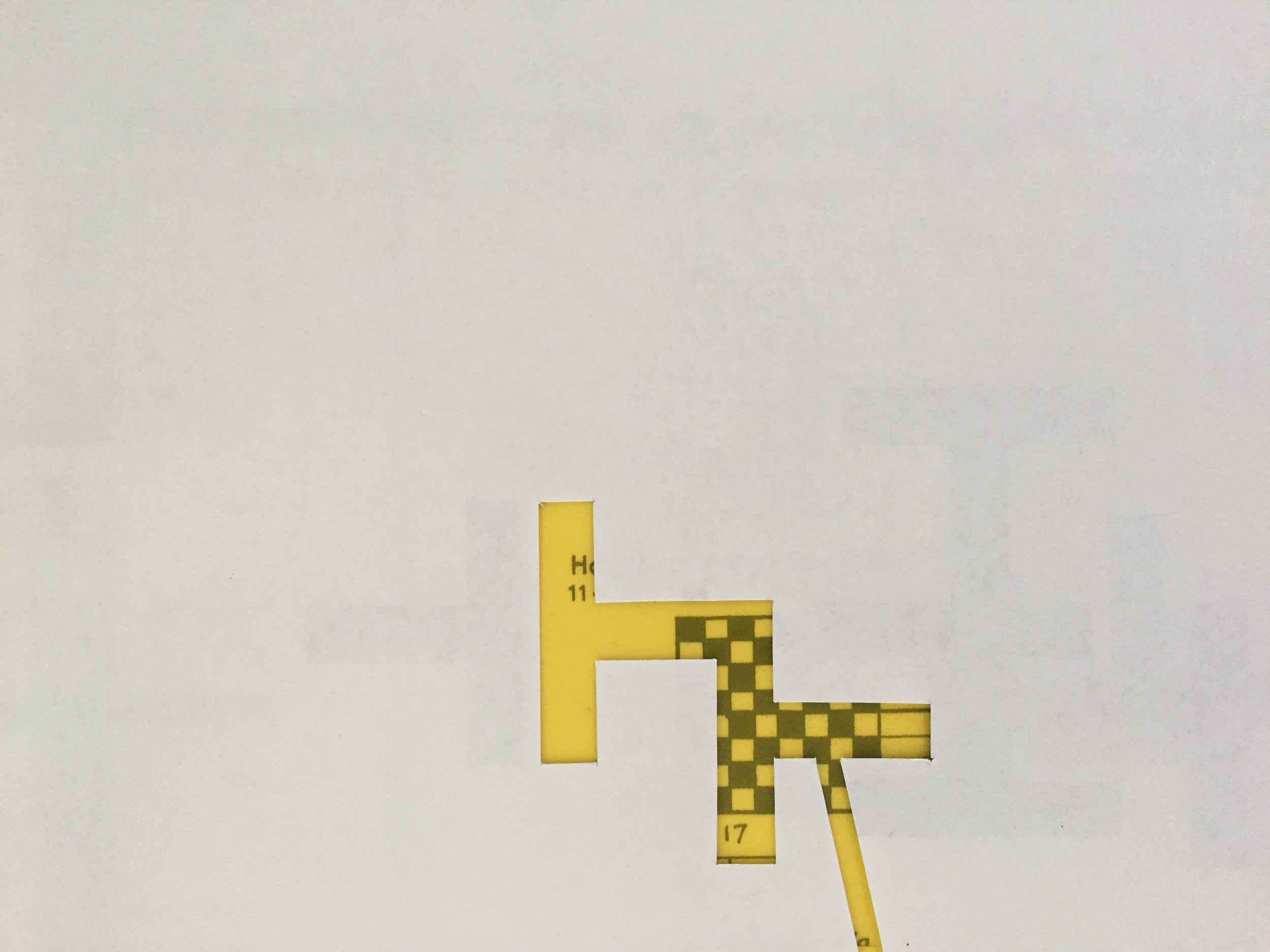
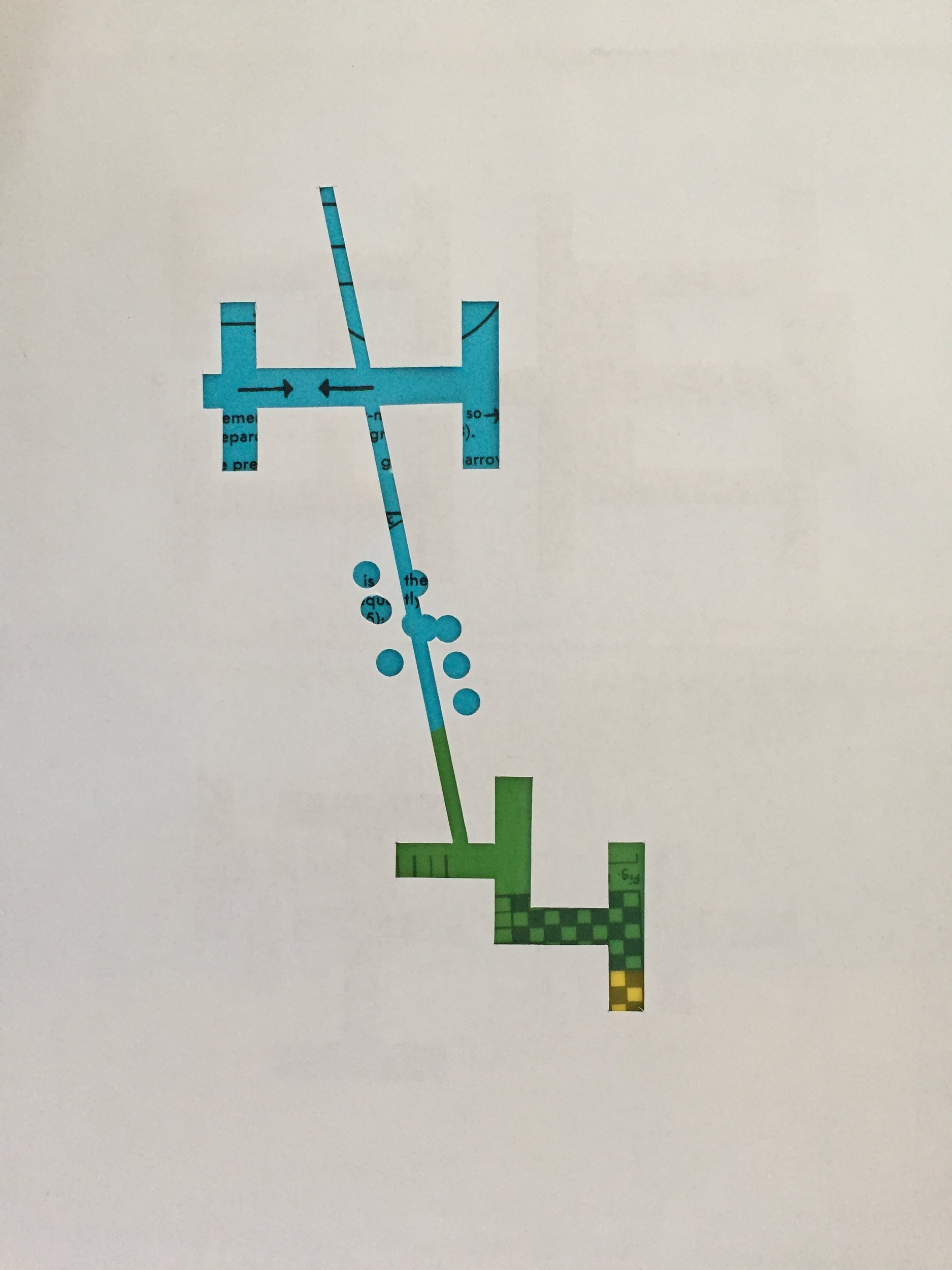



modules and boundary objects - 2017 paper, plastic
There is a conversation that never happened. It existed somewhere between the intellectualisation of how we might perceive things and the simplicity of how we see and experience things. It positions individuals in a confluence of time, where ideas orient themselves into each others inner conversations, reconstructing their memories in a re-imagined world.
These works form part of a series of ‘mapping diagrams’ which references Paul Klees Pedagological Sketchbook and Edward de Bono’s book The Use of Lateral Thinking. It speaks to Constants Nieuwenhuys’ vision for a New Bablyon, where order and disorder inform and positions paradoxes in a cacophony of visual stimuli. They also reference a long interest of mine in the packaging of consumer good. Moulds are and age old technique of repetition, mass manufacturing and a recourse to the more contemporary techniques of plastic injection-mouldings. This relationship between the module and our perception talks to the work of the sociologist Susan Leigh Star, whose work on information infrastructures, classifications and standardisations along with her research on technology and communication systems gave us the term 'boundary-objects'. A boundary object is a concept in sociology to describe information used in different ways by different communities. Star describes them as being plastic, interpreted differently across communities but with enough immutable content to maintain integrity with their surrounding relations //
binary - 2016 / 2 channel live video feed, Skype, wi-fi network
What do we look like as our image enters a network? How might we see ourselves and how fast do we travel? What happens to us as we are algorithmically parsed, re-coded and reconfigured into digital entities? In an age of selfies and constant interactions with our devices the way we communication with each other is constantly reconfiguring us. In this interactive work two devices are connected via a live skype feed. The two devices are positioned so as to not be directly in each others field of view but a peripheral glimpse is still possible. As the viewer engages with either of the screens their image is captured in the receiving screen. As the image enters the network it is then redistributed to return back to its point of origin. The viewer is never able to 'catch' oneself in either of the screens and the viewer is caught in a feed back loop much like the audio which is picked up by the devices microphones and is being transmitted from one device to the other permeating the gallery space. These sounds represent a haunting aberration, a glitch which stands-in for an image forever in the throws of being copied, a version of a version. //
data farms - 2016 /
Information can be defined by its sense of proportion, scale and repetition and it is these relationship that give it its relevancy. These seemingly unconnected pieces explore the collapse of information as it is susceptible to being misconstrued by our collection and aggregation of data.
In a similar way that light from a photocopy machine is allowed to travel uninterrupted, exposing itself to air, it reveals the patterns that form as microscopic matter is captured by a beam of light. //
a sensitive issue - 2016 /
Although the photocopy might be perceived as the antiquated workhorse of modern office environments it nonetheless is also a distribution machine which relies on the passing of light through a screen to bond a moment of transference from one medium to another. This interactive work is in response to the importance that the physical document still plays within our digital culture. It asks us to become complicit in the destruction of evidence, to alter the flow of information and possibly ultimately what we perceived to be the truth. Referencing a New Zealand political event from 2013, a document is redacted in order to conceal identities, times and places. Copies are counted, official accounts vary and accountability is elusive but facts will always remain unchanged and obscure.






pong - 2016 / 3 channel video loop, 3:45 audio loop, various mobile phones
One of the early video arcade games was pong, a 2-dimensional sports game and a possible precursor to the relationship we have come to have with our devices. Our devices are now personal, intimate objects which we carry with us, a binary interaction which allows us to switch the analogue outside world off, to distract our attention to a different plane. The audio is of a bar scanner at the supermarket as each item crosses the threshold from being product to consumption. A point of exchange. It not only reminds us of the potentiality that our devices can function as but also the correlation between the consumption and capturing of our daily data.



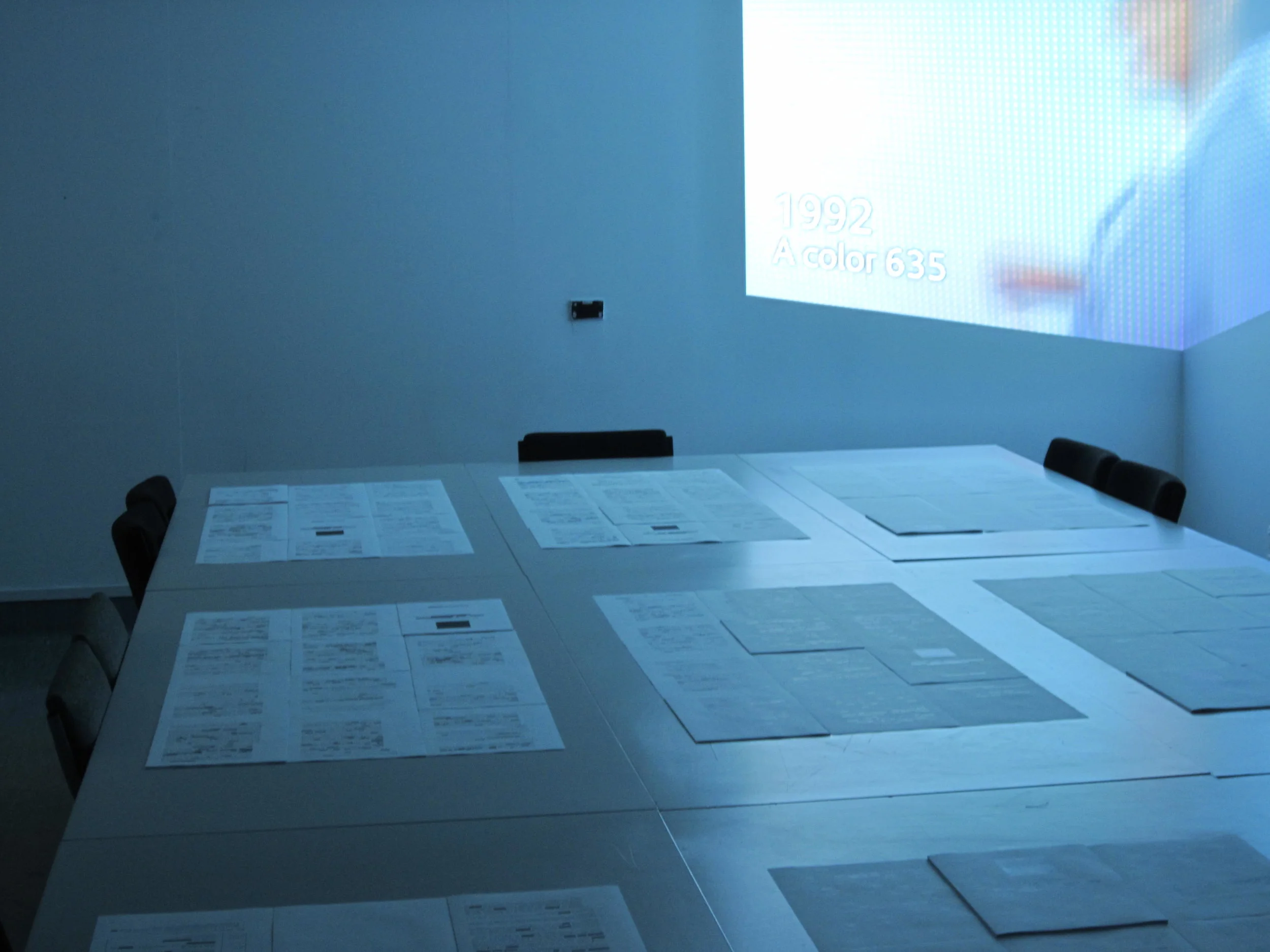
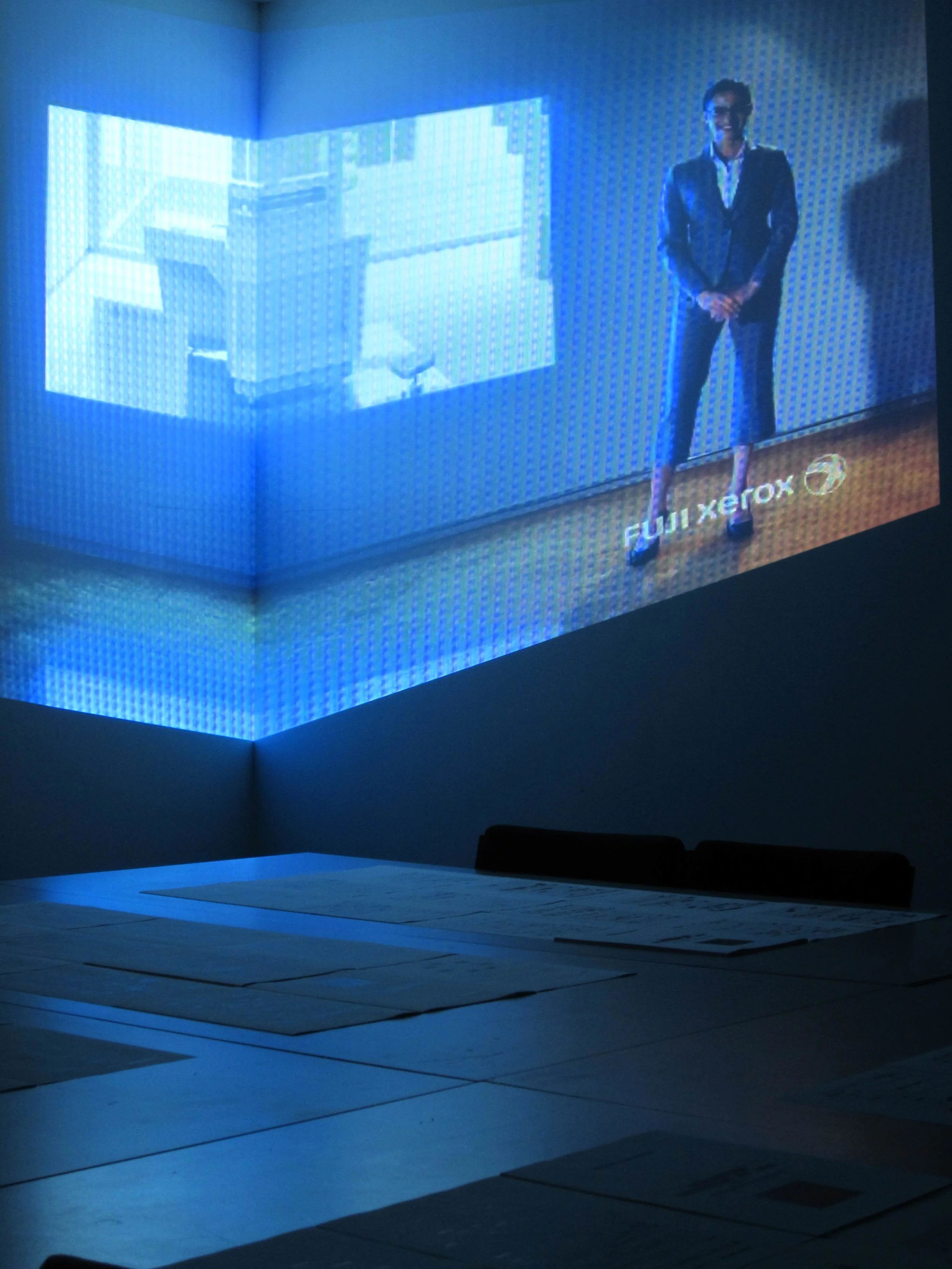
factual information may vary according to availability - 2015
At what point does information become misinformation? and when does misinformation become disinformation? can public ever be private?
meeting room intervention / installation : found copier machine, re-edited video, sound
How fast does information travel? What obstacles does it traverse in order to reach its intended destination, its audience? And what happens to that information as it encounters the algorithmic languages of our machines? In todays era of ‘always-on’ distribution networks, information is susceptible to the forces of those who moderate it. Speed is not the most potent factor within this transaction, rather it is the accessibility and the control of the flow of information – how that information is packaged, tailored and manufactured to influence our perception and emotional triggers in certain ways that is more important.But information is never just black or white. It is always at risk of being altered or manipulated, balancing on the brink of becoming misinformation. And just as there are often many blurry, intangible, ambiguous moments residing between falsehood and truth so it is that we need to have a diverse range of information in order to better form our world views, communicate with others and expand our understanding. //








the stability of latent images - 2015
The gathering of information requires that a situation be defined, where objects and actors are allowed the opportunity to interact and for reason to define outcomes. In this work a meeting room served as a space for a situation to take place, an experiment of social expression where individuals participate in a exercise of contributing to a future work. Two sets of surveillance cameras and recorders were set up to capture participants as they engages with the cameras in the space. The result expresses itself in multiple forms. Above, still from the videos are presented. While reviewing through the gathered material images are caught in a process of re-drawing themselves on the screen. In this process of review the figure is caught in a moment of transformation, a liminal space that is in the process of materiality, of revealing itself. These ongoing works investigate the 'captured' image through the use of CCTV footage. Here, the sensor becomes instrumental in the moment as it captures motion and triggers a static frame of time.
on-line browser based project: AN ABSENT PHOTOGRAPHER WITH A VORACIOUS APPETITE // +
a virtual social icon - 2015/17 : captured images from CCTV footage.
A space as an environment for the facilitation of an exchange / July, 2015
Situation two: a proposition for an encounter, a situation where visual information is gathered to then be re-composited as an online project at a future date.
a situation : two surveillance cameras face each other. Each camera is connected to an independent recording devices. They collect the images which we leave behind as we enter their ambit. They collect an image from the front, from the back or a left and a right.
Two data projectors are positioned to project the captured images onto a surface, in this case it will be onto the frosted windows facing onto St Georges Bay road. The images layered on top of each other, creating a composited image of an individual or multiple individuals. A mirror image or a chiral reflection.
The projecting of the images is intended to have a interactive/performative aspect to the experience. I will encourage the audience to record, photograph the re-composited images through wall text and or email communications or prompting texts. To support the flow from physical space to virtual space a business type card will be available for individuals to take with them for future reference and to access the images online as they are aggregated. A password type scenario is still under consideration. //






the boundary of reality and fiction is a horizon line – 2014.
These works have evolved out of my interest in the proliferation and migration of images, ideologies and culture within the digital landscape, which express themselves as ‘unseen’ fragments of place and person, and leave a digital footprint which parallels a type of ‘residue’.
The screens play looped videos of two landscapes which look to the horizon and scan an imaginary line marking the boundary between a grounded reality and the unseen future. It reflects logic, the analytical and objective view of understanding and the reliance on vision to comprehend what can be seen. It mirrors the prosthetics of binoculars, of stereoscopy and freeviewing. These two videos are overlaid with the whistling, scratching, ‘glitchy’ sound of wind and ocean. The occasional sound of birds interrupts and acts as an augmentation, extending the experience past the visual frame.
On the right side sits a single screen. Intuition, thoughtfulness and the subjective are enacted through an interaction. A browser based environment contains a series of GIF’s which are composed from images collected from Google searches around two events. As the viewer searches within the module they find themselves caught in a loop, in a space which continually references itself. By interacting with some of the images, messages pop up alluding to the language used by government officials or military authorities. All of the information, data, images and texts contained within the module are sourced from the internet.
//
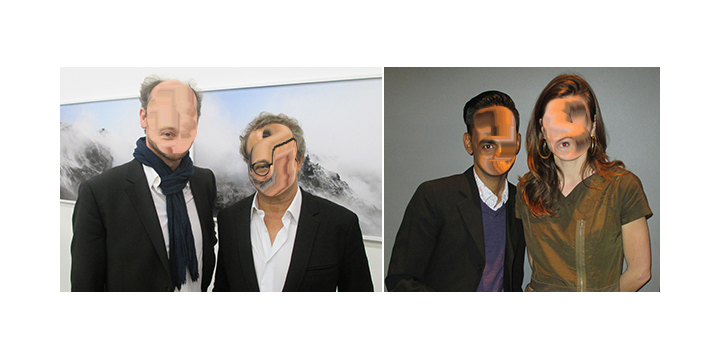



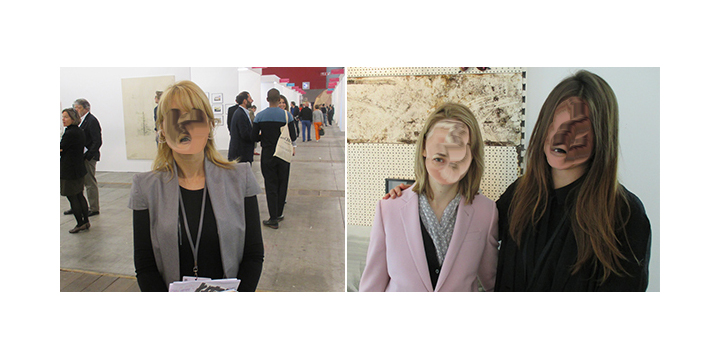
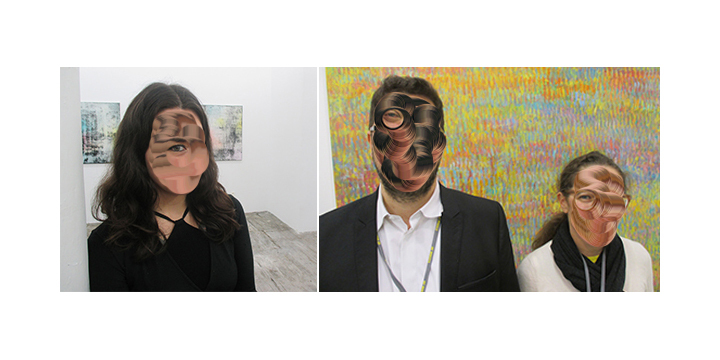
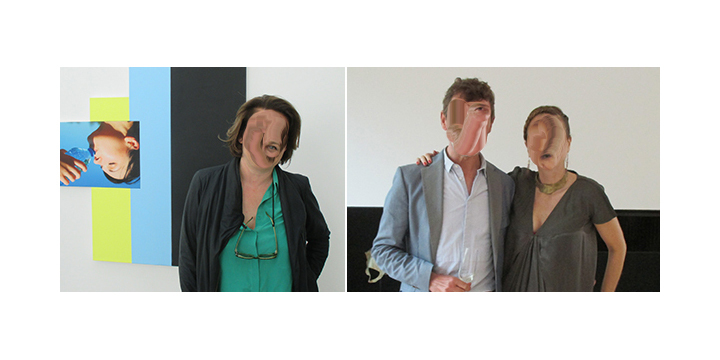


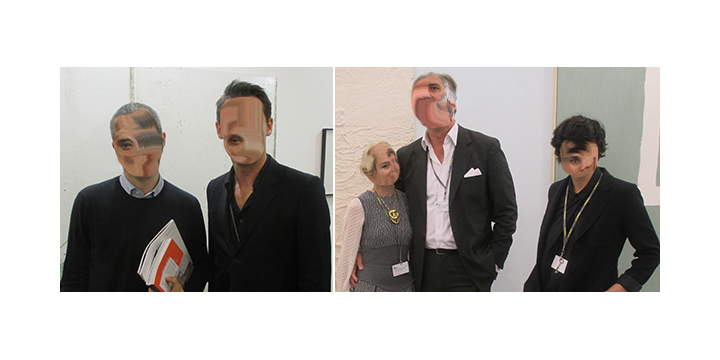
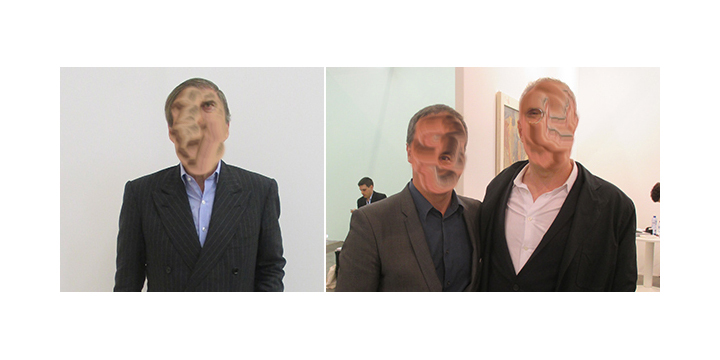
a gap between rationality and obscurity - 2014
How to preserve anonymity amongst social circles and some observations on social networking within online art magazines : A reinterpretation of Kiss and Make-up BRUSSELS 05.06.14 <#> artist I think I should know or think I would like to know, curators who I think I would like to know but will never know, art consultants who I would like to know what they do and others who know artists and curators and consultants whom I will never know. Doctored portraits of individuals from events I was never at but think I should be at or possibly think I just might like to be at. <#> Basel 2014. Images retrieved from .artforum.com/diary/. All photo Julian Elias Bronner, unless stated otherwise. In collaboration with all participants whether they know it or not. //














people in places
“Mental patterns do not originate out of inorganic nature. They originate out of society, which originates out of inorganic nature. And, as anthropologists know so well, what a mind thinks is as dominated by biological patterns as social patterns are dominated by biological patterns and as biological patterns are dominated by inorganic patterns.” – Robert Pirsig

